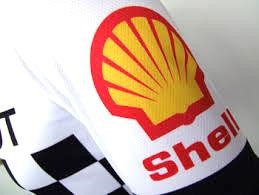|
|
|
|
HOME
SAFE CYCLING
|
Safe Cycling Practices Safety is Shell’s # 1 Priority. This applies to the workplace as well as all aspects of our business – including our cycling team. Our goal is to achieve 100% compliance. We're counting on you do your part. Please see how to fulfill the Mandatory Team Shell Texas Safety Requirements For our safety handout please CLICK HERE. For questions or more information on Texas Group Riding Safety, contact: Coach Alan. |
|
Nutrition and Hydration When riding, your muscles need fluid and energy to perform at their best. With every pedal stroke you complete, a small amount of body fluid is lost through sweating and a little bit of energy fuel is burned inside your muscle cells. The more fluid you lose and the more energy your muscles burn, the more tired you become. So it is important that you consume fluid and energy during all of your rides. Power bars and gels are an excellent source of energy and may be consumed at the rate of 1 bar or gel pack every hour. As for hydration, get in the habit of drinking 16-20 ounces of water/sport drink every hour. Water absorbs easier, but sport drinks contain needed calories and nutrients. As a rule of thumb, try drinking every 10 minutes such that you consume 1 bottle of fluid an hour while cycling. If the temperature is above 75-80, it should be more like 20-24 ounces an hour. Dehydration is a serious problem with any sport, and you need to plan ahead to avoid it. You'll know you're hydrating if you use the "facilities" during a ride. If you become very thirsty, you're likely already quite dehydrated. Late symptoms include headaches, chills and nausea. Drink early and drink often to stay safe. Lastly, consume carbohydrate and protein within 45 minutes after your ride for faster recovery. What Gear Do You Need for Cycling? If you’re new to road cycling, you may wonder what you need to get started. CLICK HERE for a checklist of items to make your ride safe and comfortable. |
|
|

